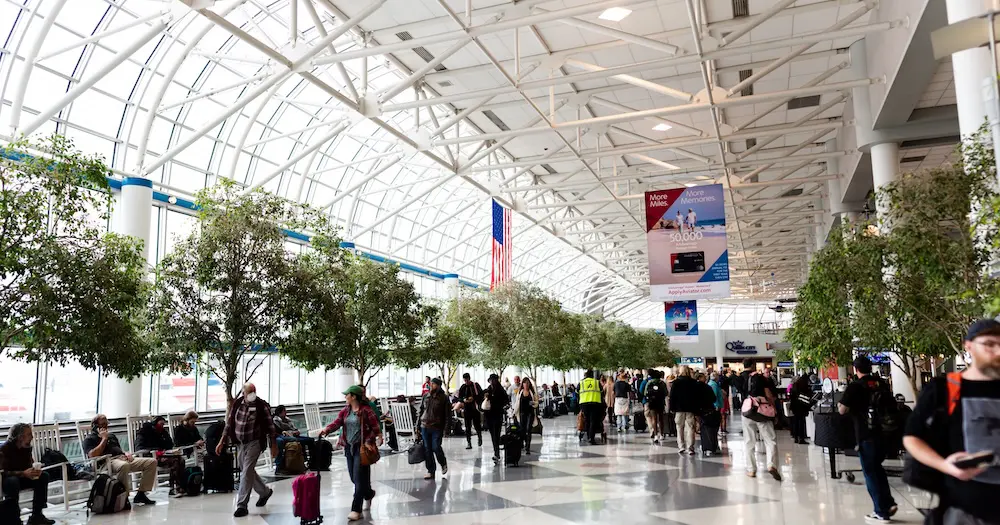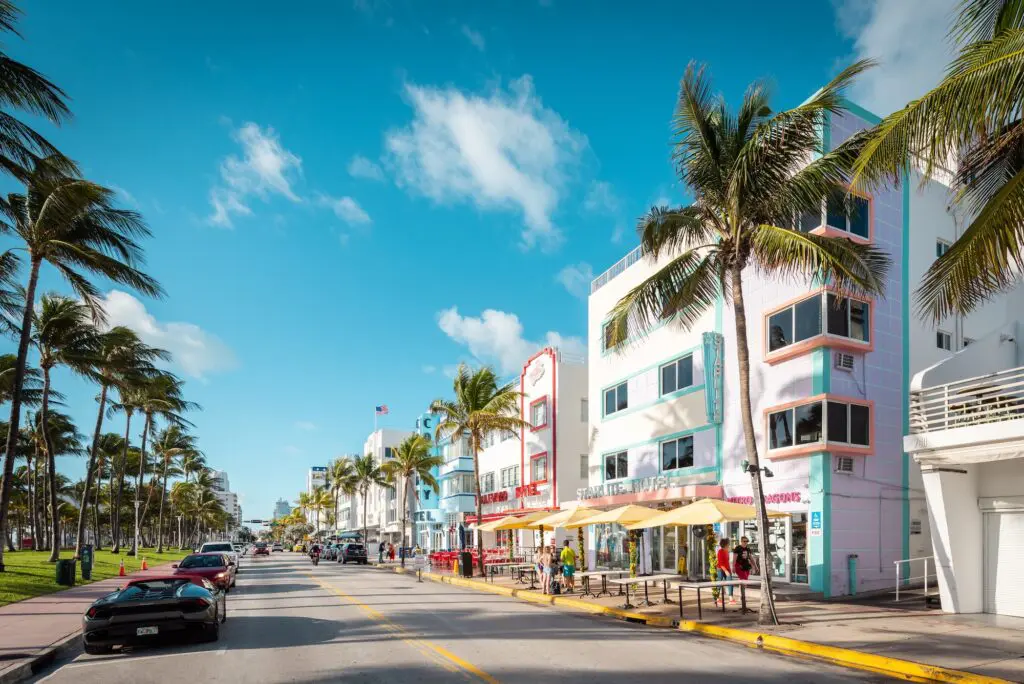Less than two weeks after fully restricting the entry of individuals from 12 countries – and partially limiting travel from another seven nations – the United States is considering restricting entry into America to another 36 countries, a US State Department memo has revealed.
The memo, seen by The Washington Post, shows the new restrictions would apply to 25 African nations, including Egypt, as well as numerous countries in the Caribbean and Central Asia.
Multiple Pacific Island nations also feature in the list, including Australian neighbours Vanuatu, along with Tonga and Tuvalu.
The White House has not commented on the new reports.
According to The Post, US Secretary of State Marco Rubio told American diplomats that listed countries have 60 days to meet new State Department rules – or risk facing visa bans or restricted entry.

The message went on to say that these nations, in the eyes of the US, have “no competent or cooperative central government authority to produce reliable identity documents or other civil documents” or see “widespread government fraud”.
The memo also cited high visa overstays, citizenship-for-investment schemes without residency, and antisemitic or anti-American activity in the listed countries.
It added that countries accepting deported third-country nationals or signing “safe third country” deals could offset these issues.
The memo doesn’t state when potential travel restrictions could commence.
The additional countries include Angola, Antigua and Barbuda, Benin, Bhutan, Burkina Faso, Cabo Verde, Cambodia, Cameroon, Democratic Republic of Congo, Djibouti, Dominica, Ethiopia, Egypt, Gabon, Gambia, Ghana, Ivory Coast, Kyrgyzstan, Liberia, Malawi, Mauritania, Niger, Nigeria, Saint Kitts and Nevis, Saint Lucia, Sao Tome and Principe, Senegal, South Sudan, Syria, Tanzania, Tonga, Tuvalu, Uganda, Vanuatu, Zambia and Zimbabwe.

Earlier this month, the Trump Administration announced the partial and full restriction of nationals from 12 countries, including Afghanistan, Burma, Chad, Republic of the Congo, Equatorial Guinea, Eritrea, Haiti, Iran, Libya, Somalia, Sudan and Yemen. Limited restrictions were placed upon nationals of Burundi, Cuba, Laos, Sierra Leone, Togo, Turkmenistan and Venezuela.
While neither the current ban nor the proposed extension includes Australia, New Zealand or most developed nations, the moves do nothing to countervail a growing perception by some of the US as an unwelcoming destination.
Instead, the ban and possible new restrictions could add credence to claims that the US is overly concerned with containing what it considers to be threats and not worried enough about the consequences that lower confidence in the country among prospective visitors could have on the visitor economy, worth billions of dollars in the US.
Aussie travel grows

In May, before the new restrictions were announced, 91,191 Australians visited the US, according to new data released by the US International Trade Administration (ITA). This represents a small gain (+0.7 per cent) over May 2024’s 90,570 Aussie visitors, staying a minimum of one night in the country.
However, overall visitation to the US last month dropped by 2.8 per cent, the ITA data shows, with 2,958,732 international arrivals (excluding Canada and Mexico) compared to 3,042,475 arrivals in May 2024.
The ITA figures are based on preliminary data and are not finalised numbers.
The Australian Travel Industry Association’s (ATIA) latest Travel Trends Report shows that Aussie travel to the US declined year-on-year by 6.2 per cent in April, despite overall outbound travel rising 8.3 per cent over the same period.
“We’re seeing a noticeable softening in USA-bound travel by Australians, with a 6.2 per cent drop in April 2025 compared to the same month last year even as overall outbound travel increased,” ATIA CEO Dean Long said.
In May, the World Travel & Tourism Council (WTTC) stated that the US is on track to lose a staggering US$12.5 billion (nearly AU$19.4 billion) in international visitor spending this year.






